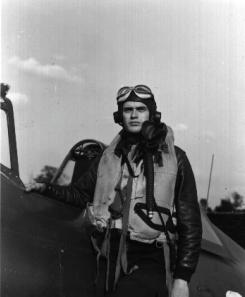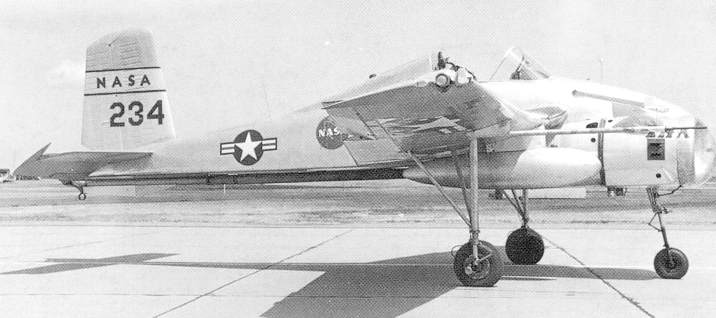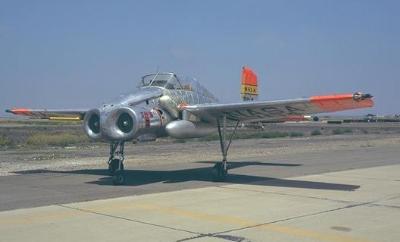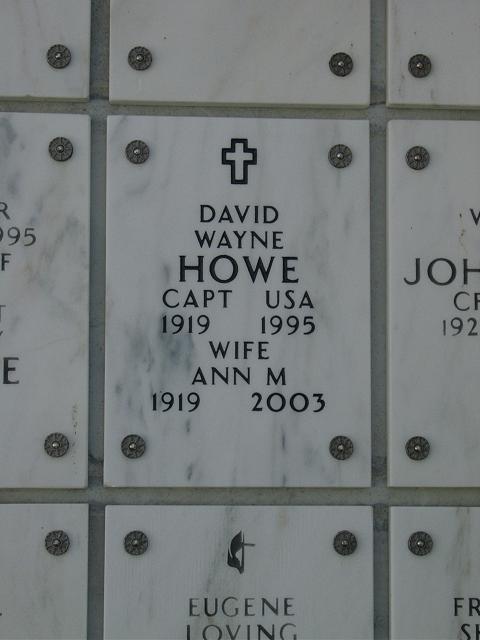My father-in-law’s cremins are in Arlington National Cemetery. His name was David W. Howe. He was a World War II Ace, and a recepient of the Distinguished Flying Cross and the Air Medal with 13 Oak Leaf Clusters. He was an Experimental Aircraft Test Pilot for Bell Aircraft. He flew the country’s first Jet VTOL which is at the Air and Space Museum, The Garber Facility. He was born in East Hickory Pennsylvania. He was married to Ann M Kennedy-Howe for almost 50 years.
David Howe’s wife Ann Kennedy-Howe passed away on November 13, 2003 and her remains will also be placed with her husband at Arlington National Cemetery this spring.
Mitchell Silvers
David W. Howe (Feb 1919 – 25 May 1996) Test pilot
n 1996, David W Howe, test pilot, dies at 77.

Thursday, June 27, 1957
(Simultaneous release with
Department of the Air Force)
FROM: Public Relations Department
BELL AIRCRAFT CORPORATION
Buffalo N.Y.
AIR FORCE AND BELL AIRCRAFT CORP.
DISCLOSE DETAILS OF NEWEST JET VTOL
BUFFALO, N.Y. June 27 — Newest jet-powered VTOL (vertical-rising) airplane is Bell
Aircraft Corporation’s X-14, which has successfully completed initial testing, the U.S. Air Force disclosed today.
Powered by two British-made Armstrong-Siddely jet engines, the X-14 flies likes a helicopter. It is designed to take off vertically in a conventional horizontal position, shift to forward flight and land vertically, eliminating the need for a runway.
The X-14 differs from the so-called “tail sitter” VTOL airplanes because it can operate without the help of ground handling equipment to position it for takeoff.
Thrust diverters or vanes located behind the engines direct the powerful jet blast toward the ground to lift the airplane into the air. For forward flight, the pilot re-directs the thrust toward the rear of the airplane.
Application of this principle to military fighters and transports and commercial aircraft would eliminate the need for the long runways now required to get these powerful jet aircraft into the air.
First hovering flight of the X-14 was made February 19 (1957) at the Bell Aircraft Niagara Falls, New York, airport plant by Bell test pilot David W. Howe.
Subsequent hovering and forward flights have proved the contention of Bell engineers that vertical-rising flight from a conventional horizontal position is practicable.
The X-14, which is an experimental airplane, has a wing span of 34 feet and a length of 25 feet. It is eight feet tall at the tail.
Bell Aircraft developed the nation’s first jet VTOL three years ago with its own funds to explore the directed-thrust principle and as a result of this development program eeceived an Air Force contract to design and build the X-14.
The original prototype has been turned over to the Smithsonian Institution in Washington D.C.
Because normal control surfaces, such as elevators, rudder and ailerons, have no effect during hovering and at slow forward speeds, the X-14 is equipped with compressed air nozzles at wing tips and tail to provide necessary directional control.
The ejected air positions the aircraft during hovering and slow speed forward flight just as the conventional airplane control surfaces provide directional control during normal flight.
Bell engineers devised this technique for use on the company’s first experimental VTOL, which was powered by two Fairchild J-44 turbojet engines.
For vertical takeoff, the jet engines were rotated to a vertical position and returned to the horizontal position for level flight.
aptain Howe has been added to the permanent ballot for The National Aviation Hall of Fame in Dayton, Ohio. He will remain on this ballot until he is actually enshrined with about 150 other pilots and other aviation nominees.
Also in 2003 or 2004 his aircraft will be moved from The National Air and Space Museum Garber facility to the new museum at Dulles International Airport.
6 Victories (WWII) David W Howe, Capt USAAF
NAME: AIR FORCE GROUP P-51 VICTORIES TOTAL VICTORIES
David W. Howe 8 4 5 6
HOWE, DAVID WAYNE
CAPT US ARMY
- DATE OF BIRTH: 02/06/1919
- DATE OF DEATH: 05/22/1995
- BURIED AT: SECTION 4-B ROW 15 SITE 4
ARLINGTON NATIONAL CEMETERY
HOWE, ANN M
- DATE OF BIRTH: 04/08/1919
- DATE OF DEATH: 11/13/2003
- BURIED AT: SECTION 4-B ROW 15 SITE 4
ARLINGTON NATIONAL CEMETERY - WIFE OF HOWE, DAVID WAYNE CAPT US ARMY
Michael Robert Patterson was born in Arlington and is the son of a former officer of the US Army. So it was no wonder that sooner or later his interests drew him to American history and especially to American military history. Many of his articles can be found on renowned portals like the New York Times, Washingtonpost or Wikipedia.
Reviewed by: Michael Howard



